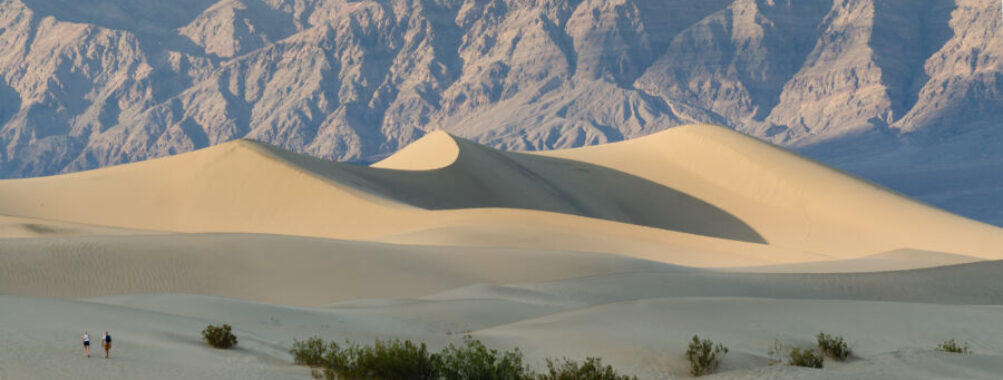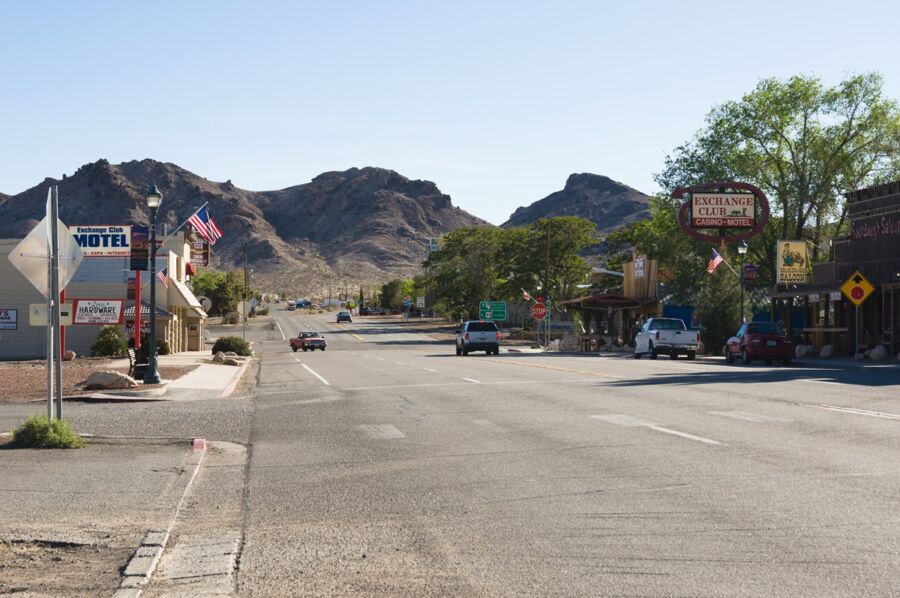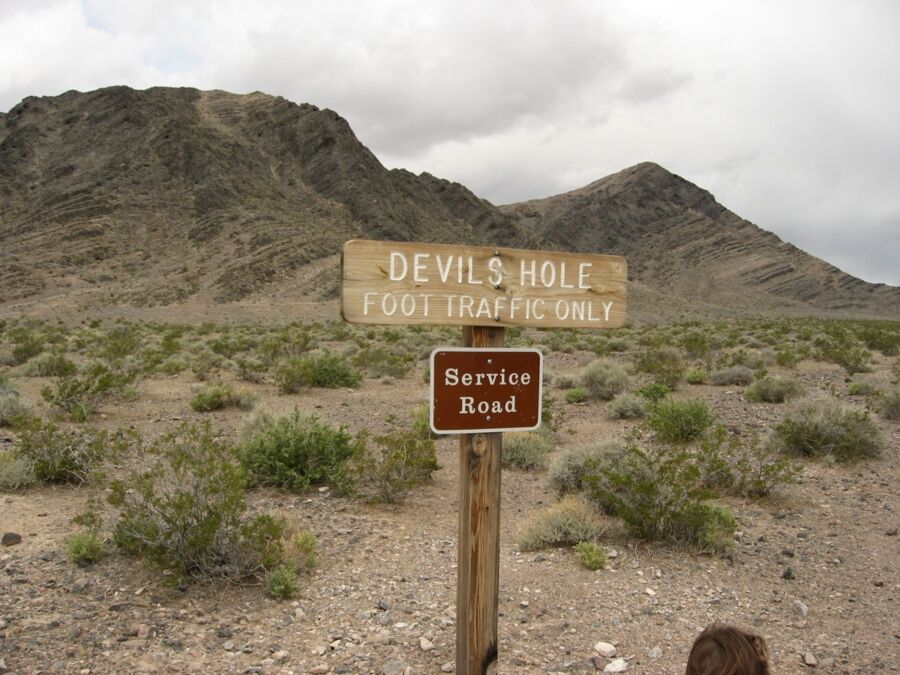
Where to Stay in Death Valley: Top 10 Unique Desert Retreats
Nestled in the southern part of California, Death Valley is a place where nature’s extremes come to life. It’s not just the hottest spot on Earth; it’s also a treasure trove of natural wonders and unique adventures. Whether you’re drawn to the surreal salt flats of Badwater Basin or captivated by the star-studded sky in this International Dark Sky Park, there’s something to awe every visitor.
Imagine walking through fields of wildflowers or exploring ancient volcanic craters like Ubehebe. The largest national park in the lower 48 states offers an adventure at every turn. Before you embark on your journey, though, knowing where to stay makes all the difference. Choose wisely, and your trip to this captivating desert landscape will be one for the books.
Contents
Key Takeaways
- Find the best lodging options within and around Death Valley.
- Explore unique outdoor adventures in the hottest place on Earth.
- Witness stunning natural features and stargazing opportunities.
1. Lodging in Death Valley

When it comes to places to stay in Death Valley, you’re in for some unique choices. For those looking to be close to the Furnace Creek Visitor Center, The Ranch at Death Valley and The Inn at Death Valley are top picks. The Inn has been around since 1927 and is known as the “Crown Jewel of Death Valley,” offering a peaceful escape that once attracted Hollywood stars like Carole Lombard and Marlon Brando.
A bit further into the park, you’ll find the Stovepipe Wells Village Hotel and Panamint Springs Resort. Stovepipe Wells is perfect for those wanting proximity to attractions like the Mesquite Flat Sand Dunes. Meanwhile, Panamint Springs Resort is ten miles from the park’s western edge and offers breathtaking views of the Panamint Mountains. It’s just two miles from the sand dunes and a mile from Grotto Canyon.
For those who prefer camping, Death Valley has several campgrounds. Furnace Creek Campground is popular, offering amenities like an outdoor pool and general store. RV enthusiasts might opt for the Stovepipe Wells RV Park, which provides full hookups for a comfortable stay.
Whether you’re staying in a luxury hotel or a cozy campsite, you’re sure to find the perfect spot to rest after a day of exploring this incredible national park.
2. Death Valley Junction, California

Death Valley Junction, often called Amargosa, sits quietly in the Mojave Desert. This nearly deserted town may seem like a ghost town at first glance, but it holds a unique charm that keeps visitors intrigued. Founded in 1907, it once bustled with activity as a company town for the Pacific Coast Borax Company.
Back then, workers would process borax, a mineral used in cosmetics and detergents, which was mined from an ancient lake in the valley. This borax would then be loaded onto trains and shipped out via the Death Valley Railroad. Today, what remains are a few buildings that capture the essence of its history.
One of the still-standing treasures is the historic Amargosa Opera House and Hotel. Here, you can catch musical and dance performances, often coordinated by Lisa Paulson, a professional ballerina who runs Donna’s Studio of Dance. And if you’re visiting, you might consider staying in this historic hotel to soak in the town’s heritage.
Another gem in this town is the Amargosa Cafe. You can stop here for fresh breakfast and lunch, enjoying local produce in a welcoming atmosphere. Yet, the town lacks modern amenities like gas stations or other restaurants and hotels. Still, for those interested in history and a taste of rustic charm, Death Valley Junction is a fascinating stop. It’s a place where the past seems to linger, offering a quiet, thought-provoking escape from the bustle of everyday life.
3. Shoshone, California

Shoshone, an old desert town southeast of Death Valley National Park, might not be the first place you think of when planning your trip. Founded back in 1910, Shoshone was a pitstop for miners and a hub for the railroad. These days, it’s often overlooked, but there are some pretty cool things to check out.
One highlight is the Shoshone Museum. It’s in an old gas station and has a bunch of neat artifacts from the area’s history. They even have the remains of a prehistoric Mammoth that was found nearby. If you’re into history, you’ll find this place fascinating.
And don’t miss the Dublin Gulch Miners Caves. These dug-out caves in solidified volcanic ash were actual homes for miners, helping them escape the harsh desert heat. It’s a short trip from Shoshone and gives you a real glimpse into the tough lives of those early settlers.
4. Tecopa, California

Nestled about an hour south of Death Valley National Park, Tecopa is a tiny town with a rich background in hard-rock mining since the late 1800s. Named after the Paiute-Shoshone Indian Chief Tecopa, this place boasts authentic charm. Today, it’s more famous for its natural hot springs—perfect spots to relax after a day of exploring the desert.
You’ll also find the Old Spanish Trail running through here, making it a great stop for history buffs. This trail is a National Historic Trail, so it’s like walking straight into a history book.
One can’t talk about Tecopa without mentioning the China Ranch Date Farm & Bakery. Imagine a thriving date farm right in the heart of the Mojave Desert, complete with palm trees, hiking trails, and a modest museum showcasing pieces of the ranch’s past. Don’t forget to try their legendary date shakes; they’re a must-have!
Tecopa may be small, but its mix of history, natural beauty, and delicious eats make it a worthwhile stop on your Death Valley adventure.
5. Beatty, Nevada

Beatty, settled right along the Amargosa River, is a historic little gem located just ten minutes from Death Valley. Tempting, isn’t it? This town, which got its start in 1900 as a railroad service center, carries the name of Montillus Murray “Old Man” Beatty. Quite a character, Montillus was a Union Army veteran who married a Paiute Indian woman, set up a ranch in Oasis Valley, and served as Beatty’s first postmaster.
Known affectionately as the “Gateway to Death Valley,” Beatty remains the closest town to Death Valley National Park. That means easy access to all the jaw-dropping natural beauty and extremes the park offers, especially as it holds the title for the hottest place on the planet.
The scenery here is seriously something to behold. Beatty sits in a valley framed by three mighty peaks – the Bullfrog Hills, Bare Mountain, and Sawtooth Mountain. And just four miles from town, you’ll find the ghost town of Rhyolite. This abandoned gold-mining site is a fascinating window into the past when the gold ran out and people moved on. It’s one of the top things to see when you’re in Beatty.
6. Amargosa Valley, Nevada

Amargosa Valley in southern Nevada stretches right up to the Nevada-California border. This area is rich in history, with ancient Native American campsites dating back over 10,000 years still being discovered. These historic treasures make Amargosa Valley a fascinating place to explore.
One of the most notable aspects of Amargosa Valley is its impressive size. This place is the second-largest unincorporated community in the United States. Settlers here were originally ranchers aiming to supply the local mines. While the town was eventually abandoned, it became a well-known location thanks to Jack Longstreet, a famous Nevadan miner and gunslinger who made his home in the region.
If you’re visiting, you’ll want to check out the Ash Meadows National Wildlife Refuge. It’s home to rare species of plants and animals, with striking sapphire pools fed by natural springs. One of the area’s most unique features is Devils Hole, a geothermal cave that shelters the rarest fish in the world, the Devils Hole pupfish. These fish exist nowhere else on Earth.
Another exciting spot is the Amargosa Big Dune Recreation Area. These towering sand dunes attract visitors from all over the globe. Whether you’re climbing to the top or marveling at their beauty from below, the dunes are a sight to behold.
Tips:
- Gas Stations: There are limited gas stations, so fill up your tank before arriving.
- Travel: The drive provides stunning scenic views—perfect for those road trip selfies.
- Nature: Bring your camera; the landscape is a photographer’s dream.
Whether you’re a history buff or an outdoor enthusiast, Amargosa Valley offers a blend of natural beauty and historical intrigue that’s hard to beat. So pack up your sense of adventure and head out to explore this remarkable piece of Nevada.
7. Pahrump, Nevada

Just a little over an hour’s drive from Death Valley and Las Vegas, Pahrump is brimming with places to explore and enjoy. The town is home to luxurious resorts, top-notch casinos, and even award-winning wineries. Long before these modern attractions, the Southern Paiute Indians lived in this area, making it rich in history.
One of the standout places to visit is the Pahrump Valley Museum. Here, you can dive into the local history and check out exhibits on Jack Longstreet, a famous frontiersman and gambler who settled in the area and built a stone cabin now part of the Ash Meadows National Wildlife Refuge.
For adventure seekers, Pahrump is a playground. Off-roading is tremendously popular thanks to hundreds of miles of trails and tracks. If you prefer a more relaxed pace, grab your golf clubs and head to the Mountain Falls Golf Club. It offers a scenic course that’s perfect for a leisurely game.
And if you’re feeling lucky, the Gold Town Casino awaits. For a unique perspective of the area, nothing beats a hot air balloon ride, offering breathtaking views of the valley. Whether you’re an adventurer, history buff, or just looking to unwind, Pahrump has something for you.



